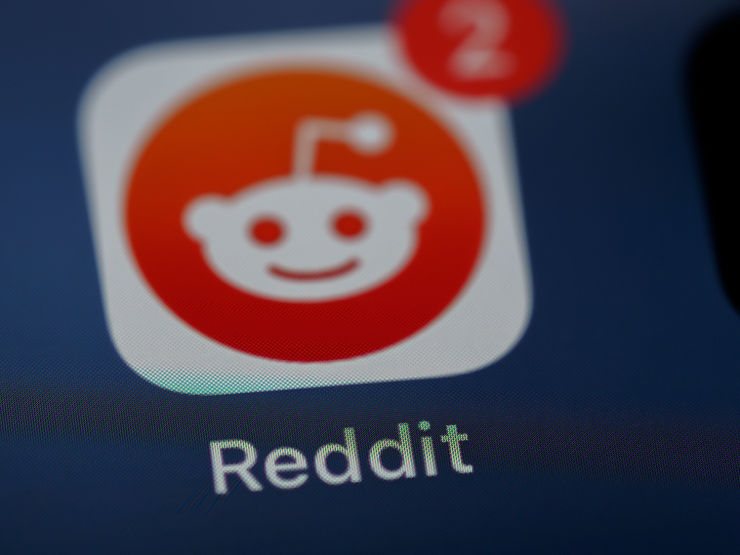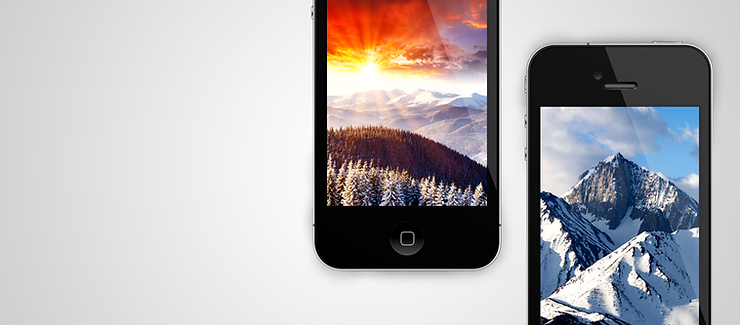There are three distinct approaches in building a dropship brand, each with its own merits and potential pitfalls. Let's delve into these schools of thought to understand how dropshippers and ecommerce sellers can better build a brand.
- Unique Selling Point (USP) by Rosser Reeves
If you are thinking of the "wow" factor or problem solving, you probably belong to this camp. This school emphasises that unique feature is the key.

We can trace its root to 1950s when new technologies sprung up after World War II and enabled factories to add new and unique features to products. This trend continues till this day as technology develops. ChatGPT is a great example. Generative AI was the unique feature it provided when it was first released. It took merely 2 months to reach 100 million monthly active users, the fastest in history. In comparison, TikTok took 9 months and Instagram took 2.5 years.
However, USP is not foolproof. Many products with unique features did not survive in the market. These include Newton by Apple and Virtual Boy by Nintendo.

For dropshippers who want to do branding based on a unique feature, your job is simple: keep innovation ahead of competition. That means you must pour in resources into R&D continuously. Simple as that. Since most of us don't have deep pockets, it's time to turn to the Father of Advertising David Ogilvy.
- Brand image by David Ogilvy
Ogilvy once said, "You now have to decide what 'image' you want for your brand. Image means personality. Products, like people, have personalities, and they can make or break them in the market place."

If you focus on the aesthetics, voice, design of your store to create a brand, you are likely a follower of Ogilvy. You can safely bet that most dropshippers are following the footsteps of Ogilvy.
Here is one famous case by Ogilvy. Hathaway was a men's shirt brand. In 1951, Ogilvy got the photographer to shoot a man in Hathaway shirt, but wearing an eyepatch. The advertisement was an instant success. The eyepatch served as the "story appeal" and aroused enormous curiosity. Within a week, every Hathaway shirt in New York was sold.

Another famous case by Ogilvy: "At 60 miles an hour the loudest noise in this new Rolls-Royce comes from the electric clock". Ogilvy was indeed an advertising genius!
To build a successful brand through brand image, we must portray a unique brand personality. On top of that, it is vital to have a story appeal that catches consumers' curiosity and attention.
A Reddit post in the dropship sub titled "HOW TO BRAND YOUR DROPSHIPPING COMPANY" can be considered a classic brand image exercise. Its title (and titles of most of his posts) is all capital. Even in the body, most words are in cap. It's "shouting" all the way to the end. Clearly, the story appeal is so strong that it generated 67 upvotes and 351 shares 24 hours after posting. Of the 45 comments, most are positive feedback. It's successfully built a brand image.

However, brand image is not perfect. Nokia was a top brand of cellphones before iPhone came along. Despite Nokia's great brand image and product quality, it could not help but declined. The former Nokia CEO Stephen Elop said, "We didn't do anything wrong, but somehow, we lost." Well, Al Ries knows why.
- Positioning and Category Design by Al Ries and Category Pirates
Categories Pirates suggest "Category First, Brand Second" and attributed Nokia's demise to the decline of the keyboard cellphone category represented by Nokia and the rise of touchscreen cellphone category represented by iPhone. On the surface, the battle was between Nokia and iPhone. In reality, it was between those two categories.

Some argue that Nokia had touchscreen cellphones too. Yet that did not help Nokia. That's because in the consumers' minds, Nokia stood for keyboard cellphone. When one wants to buy a touchscreen cellphone, iPhone and other touchscreen cellphone brands pop up in the mind first. Nokia simply is not considered a touchscreen cellphone brand. Few marketers understand that the battlefield of marketing warfare was in the minds.
Based on category design, there are 2 ways to branding. One is to marry your brand to an trending category. The other is to create a new category and put your brand on the category. Neither way is easy. Therefore, few dropshippers and ecommerce sellers adopt this approach.

For those who are interested, you may read "Play Bigger" to understand this latest business strategy more (I have the epub version, or you can buy from Amazon).
In conclusion, I suggest dropshippers and ecommerce sellers to learn all three and apply to your branding and marketing. Rome wasn't not built in one day. Neither is a brand. Each approach offers valuable insights and can work together for the development of your brand.

